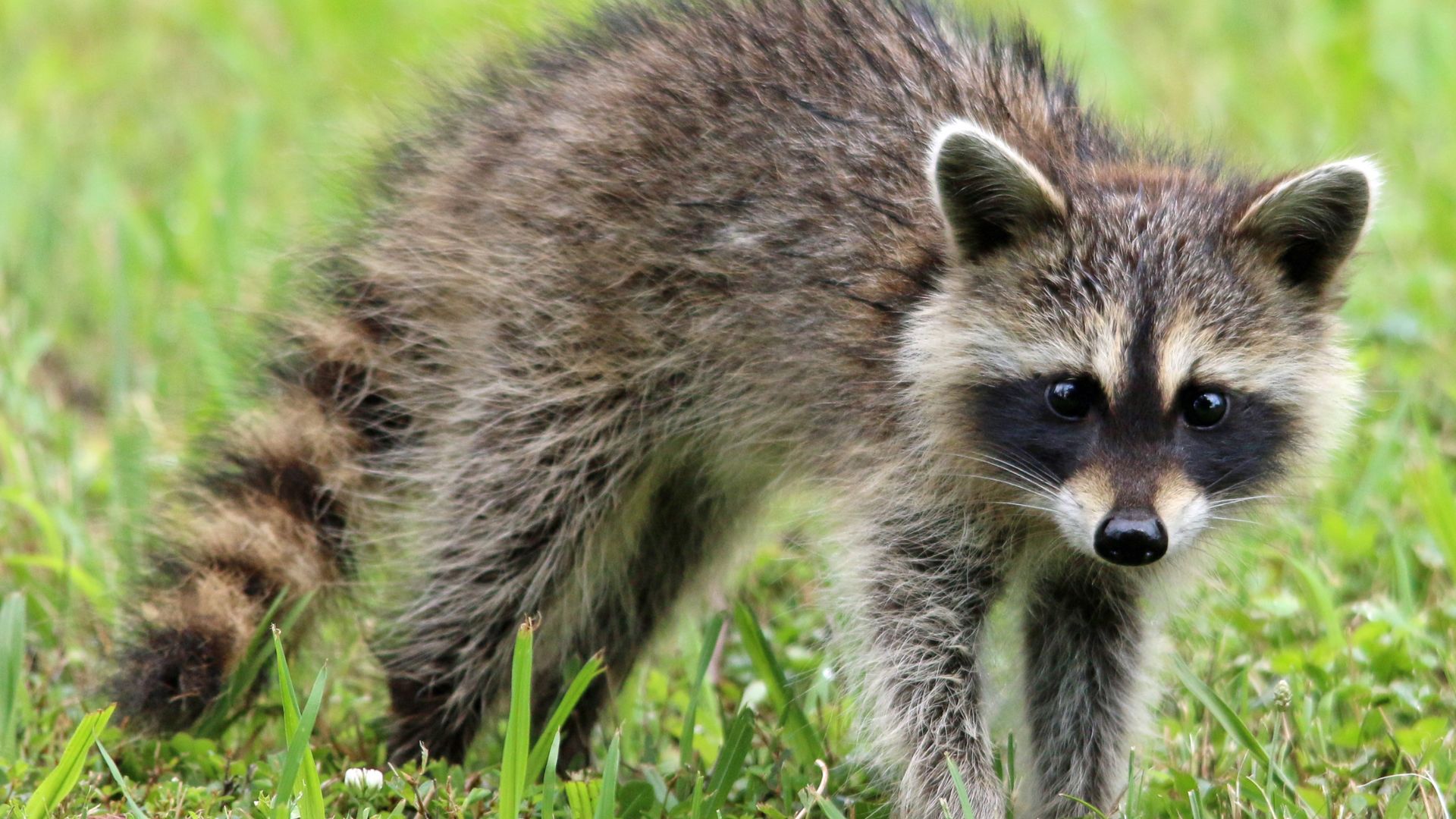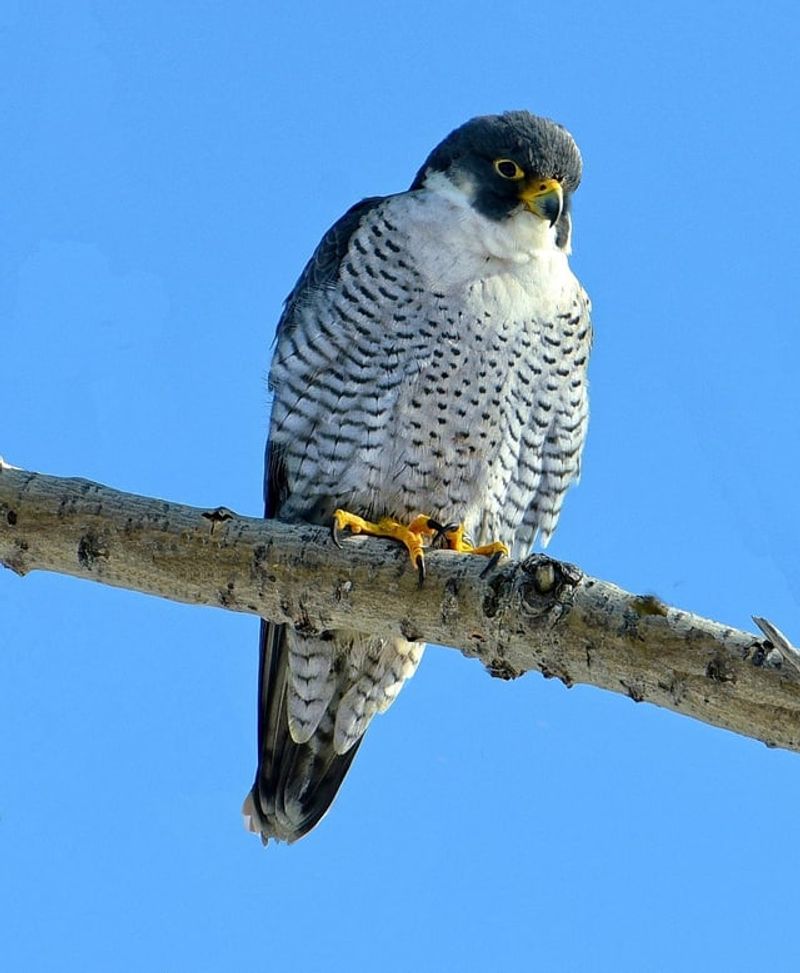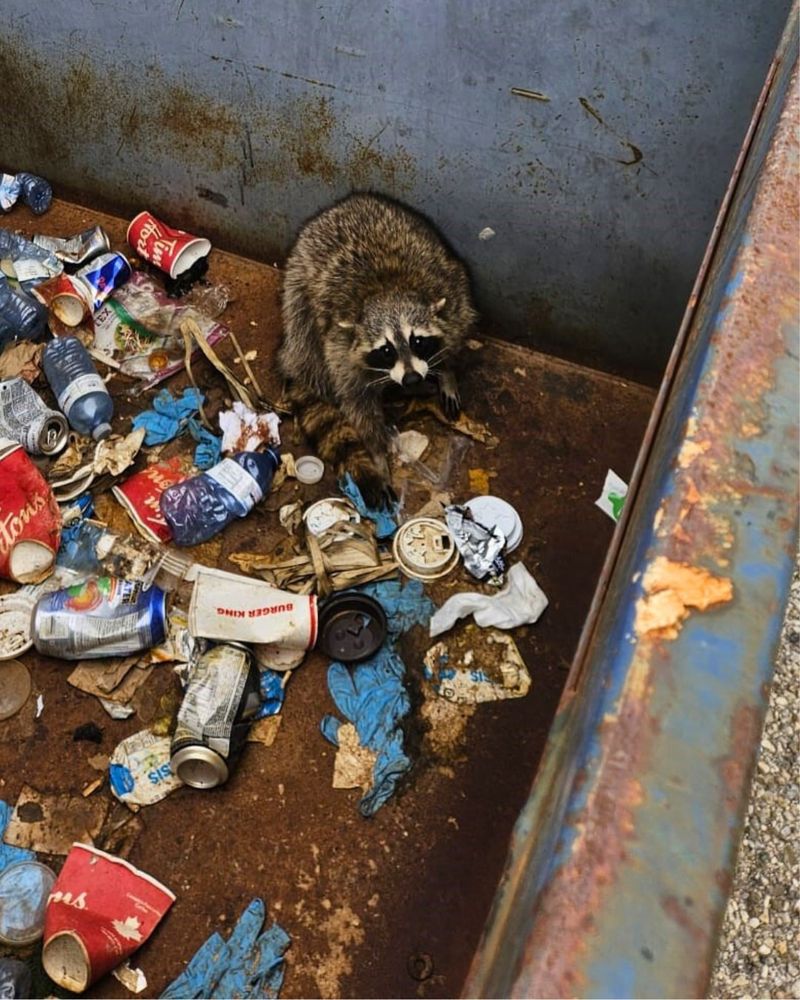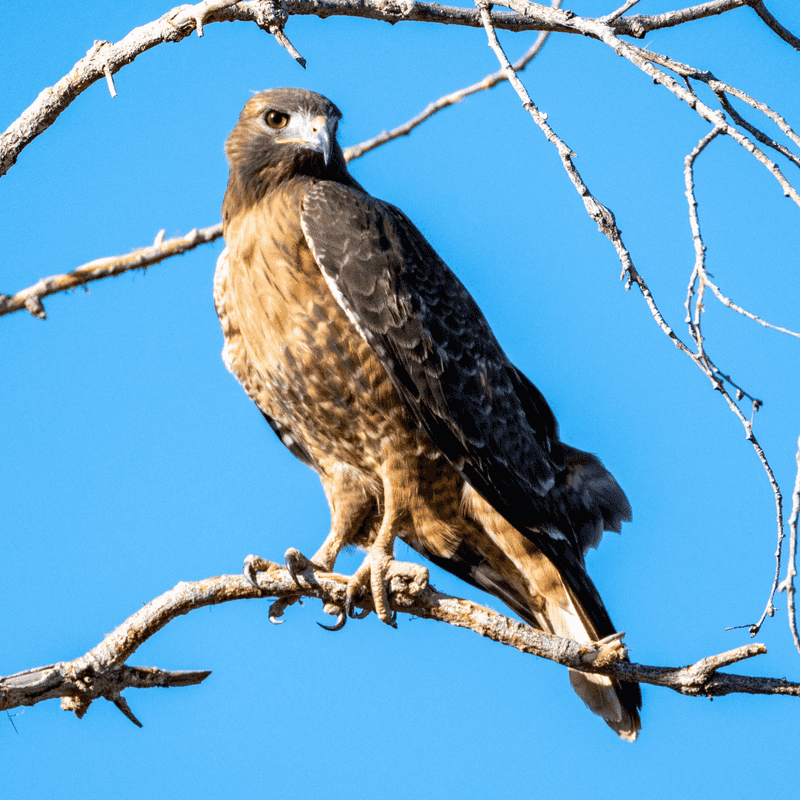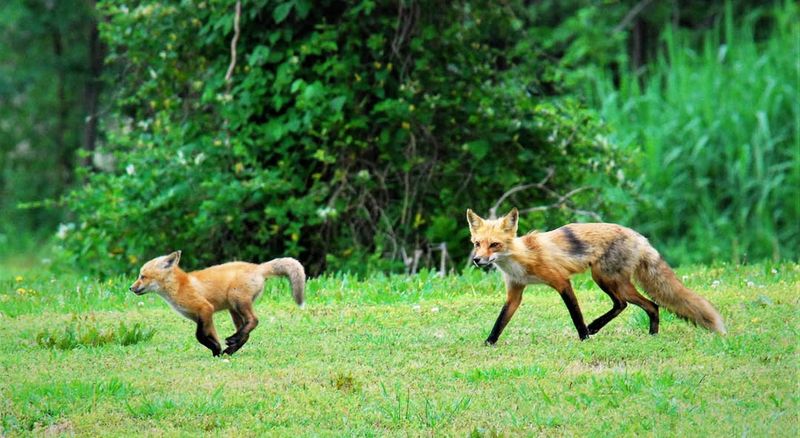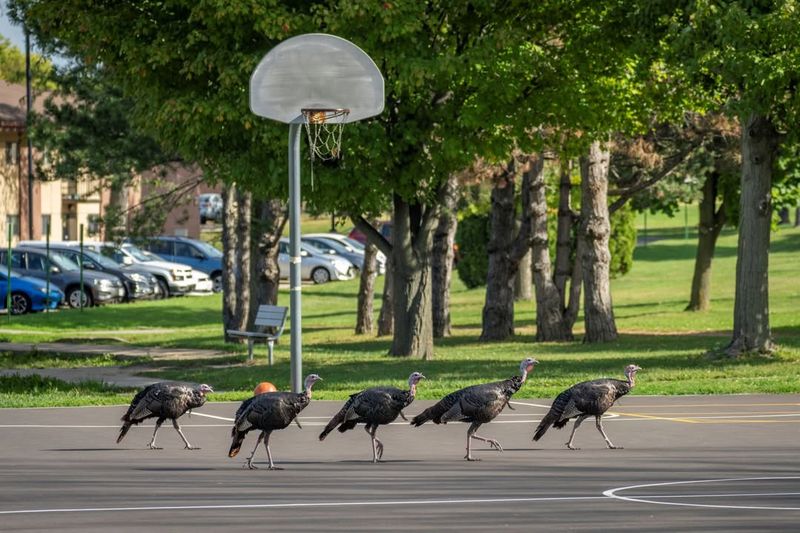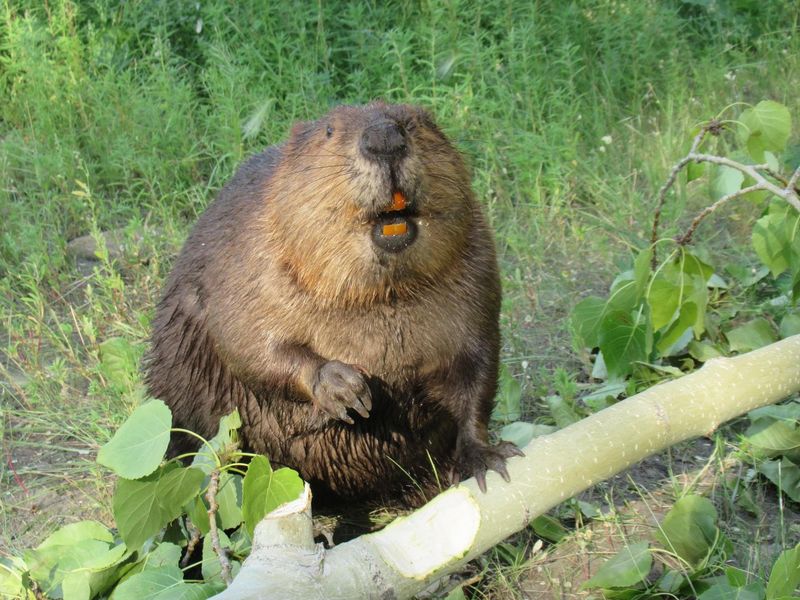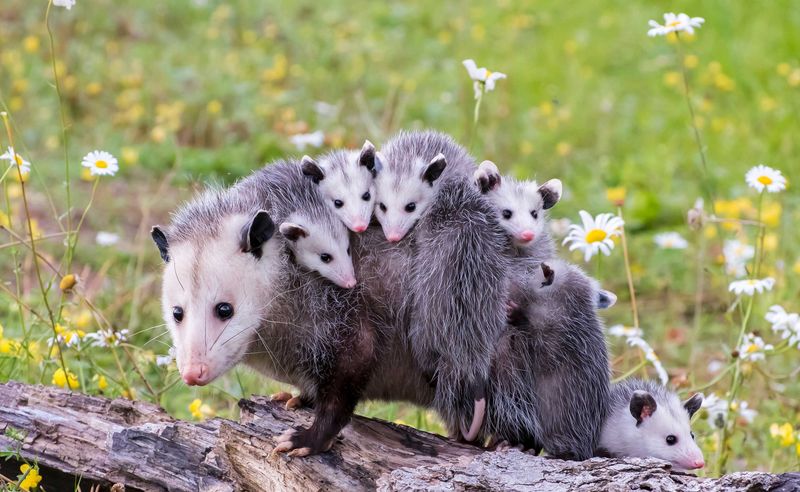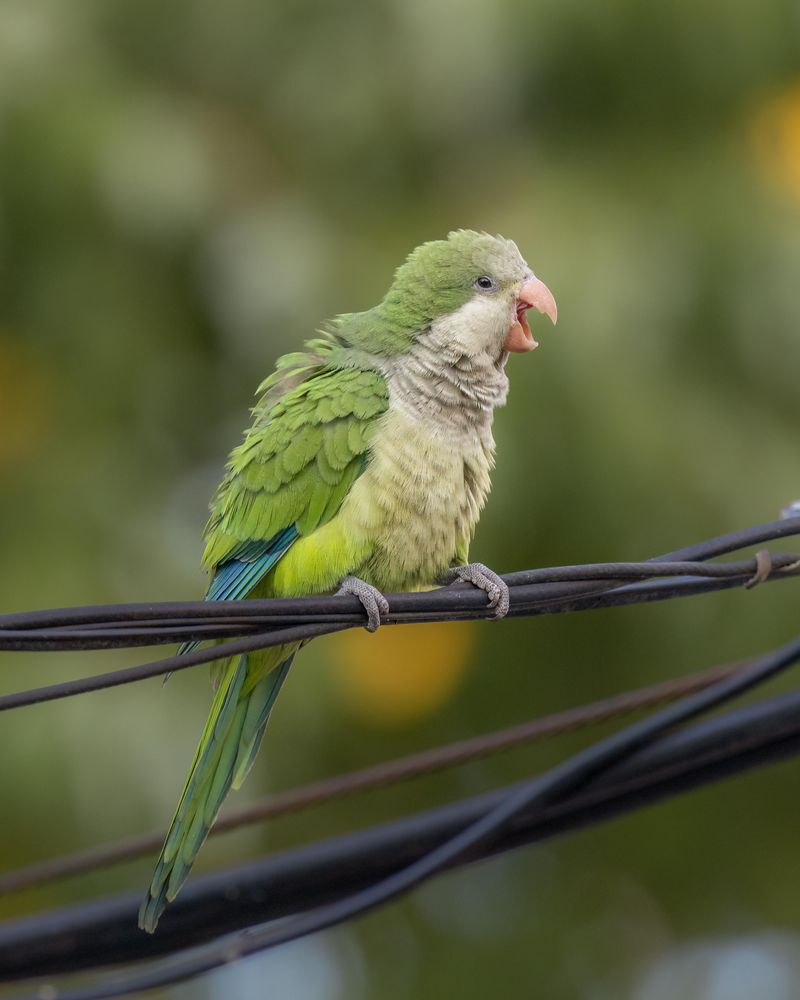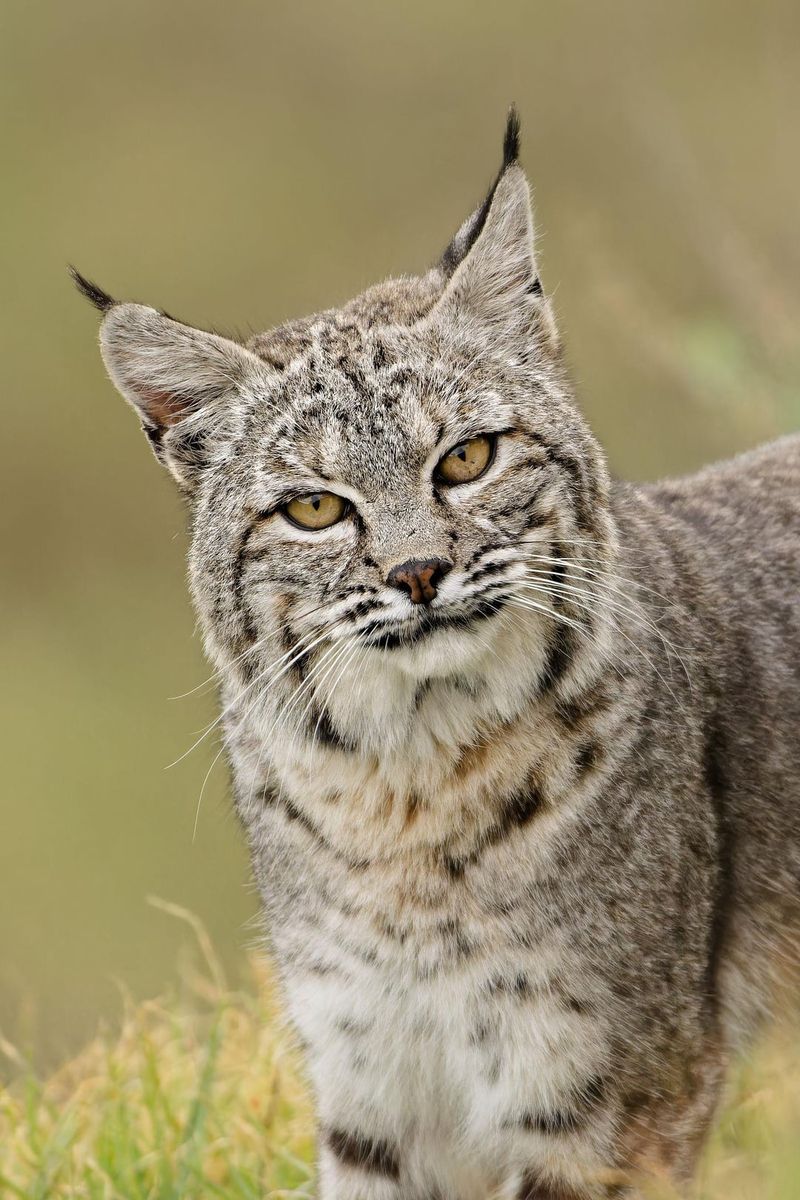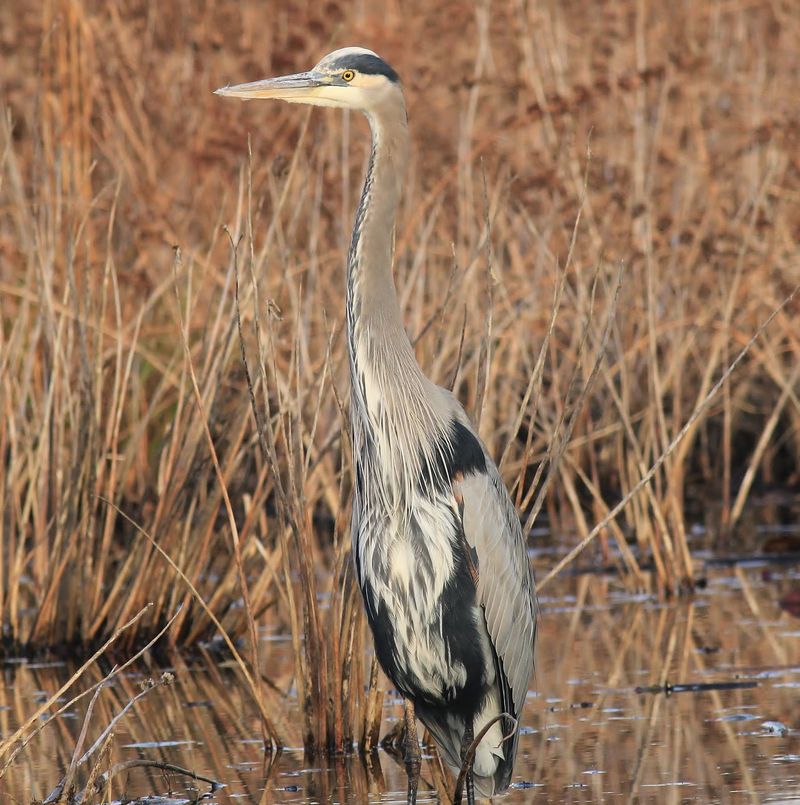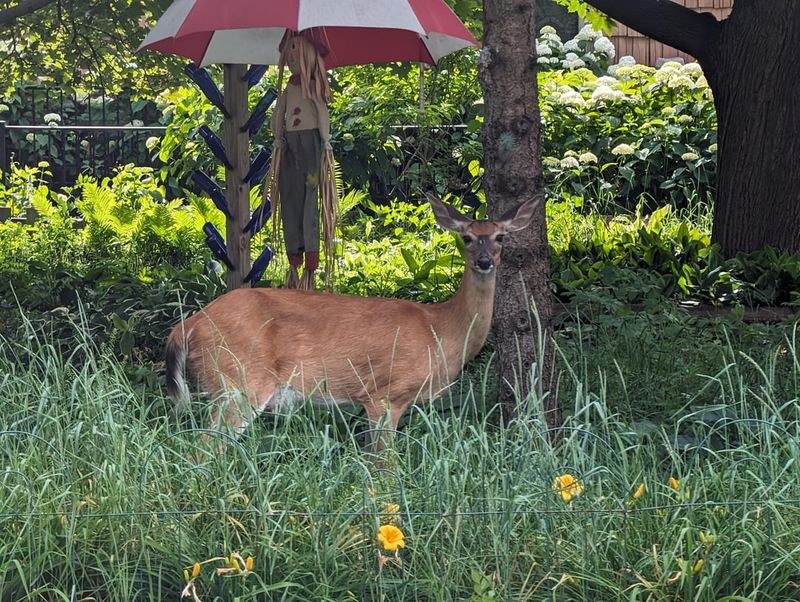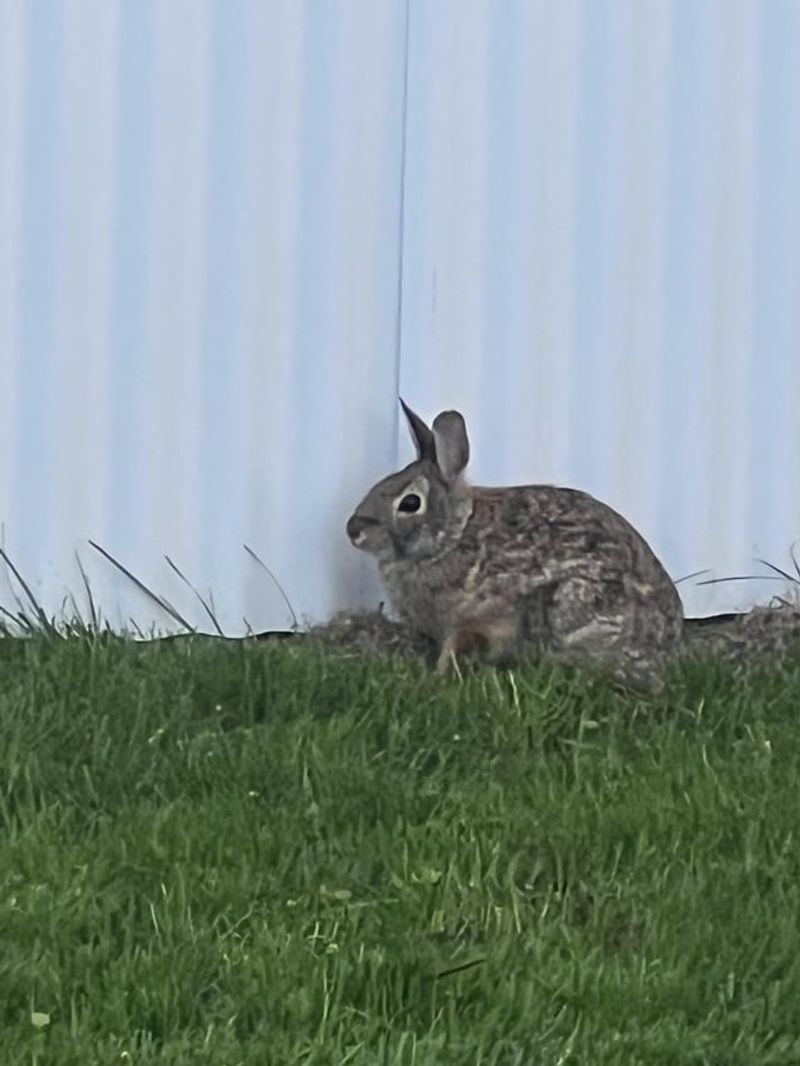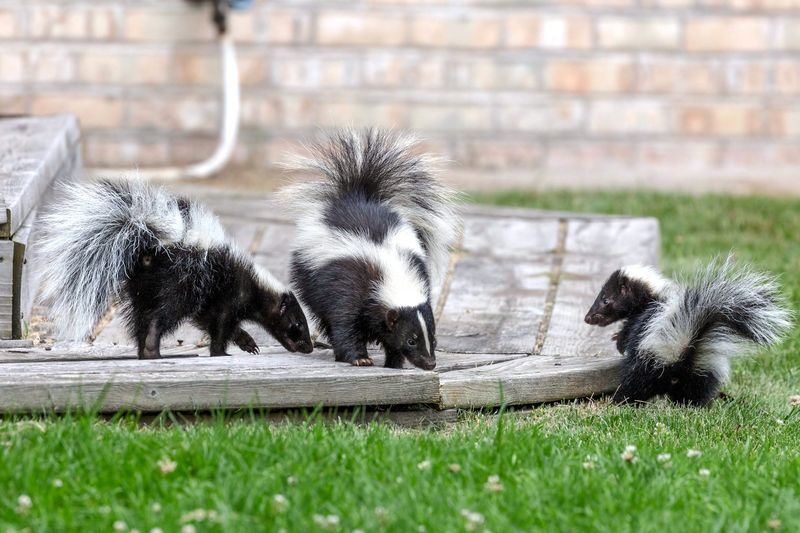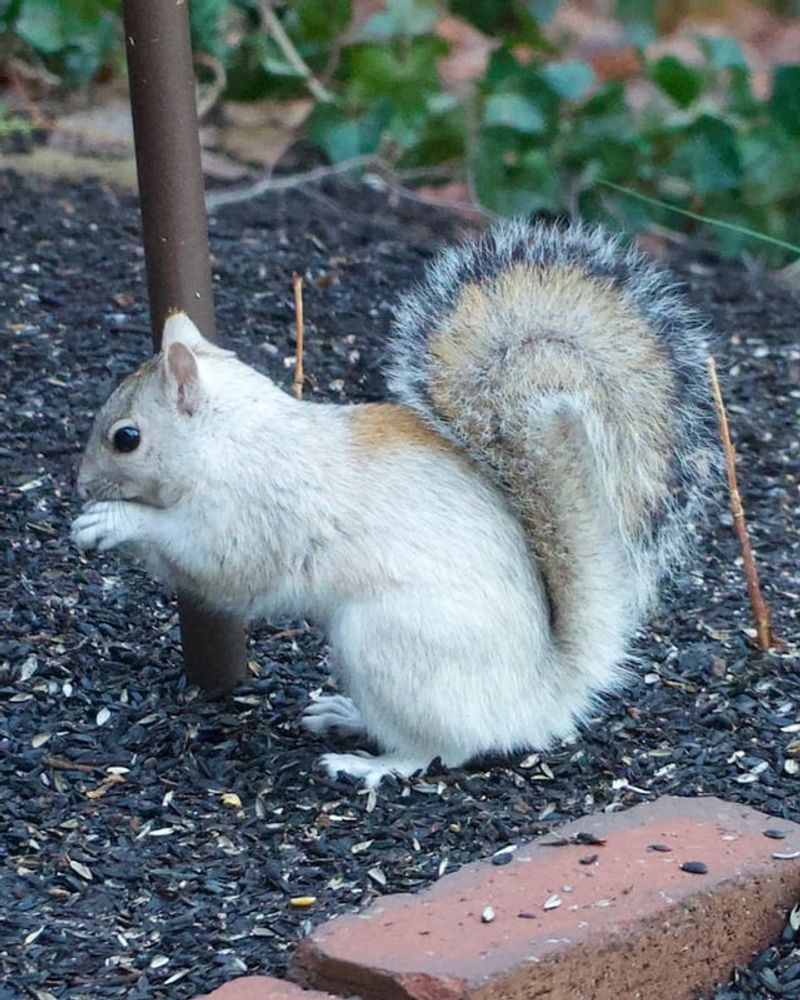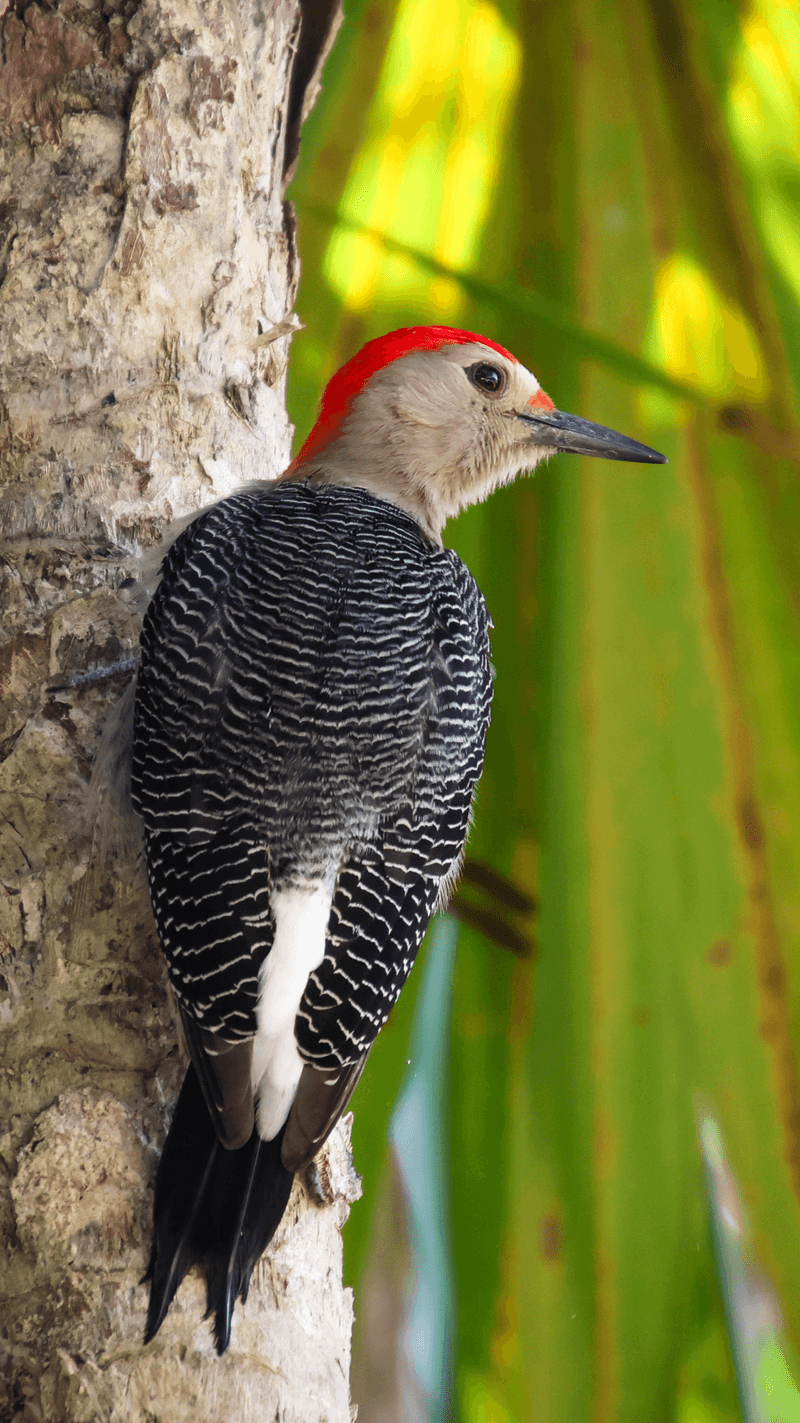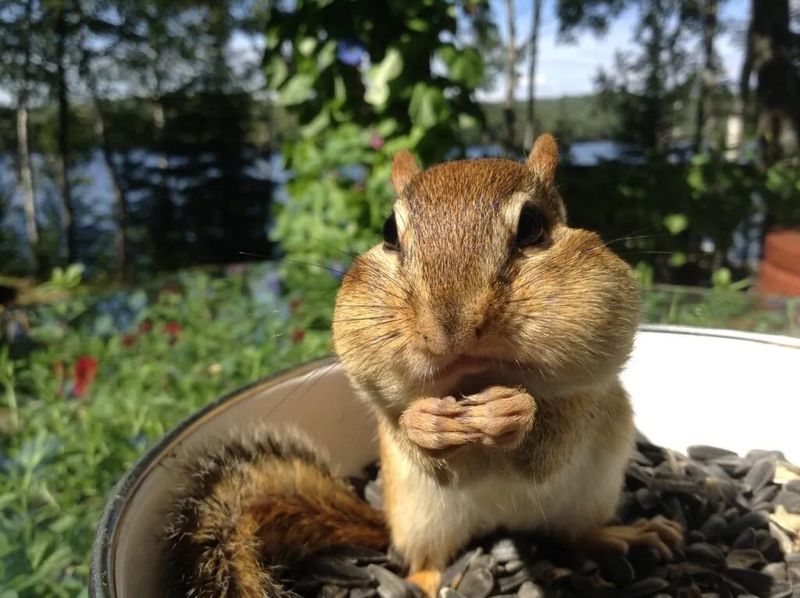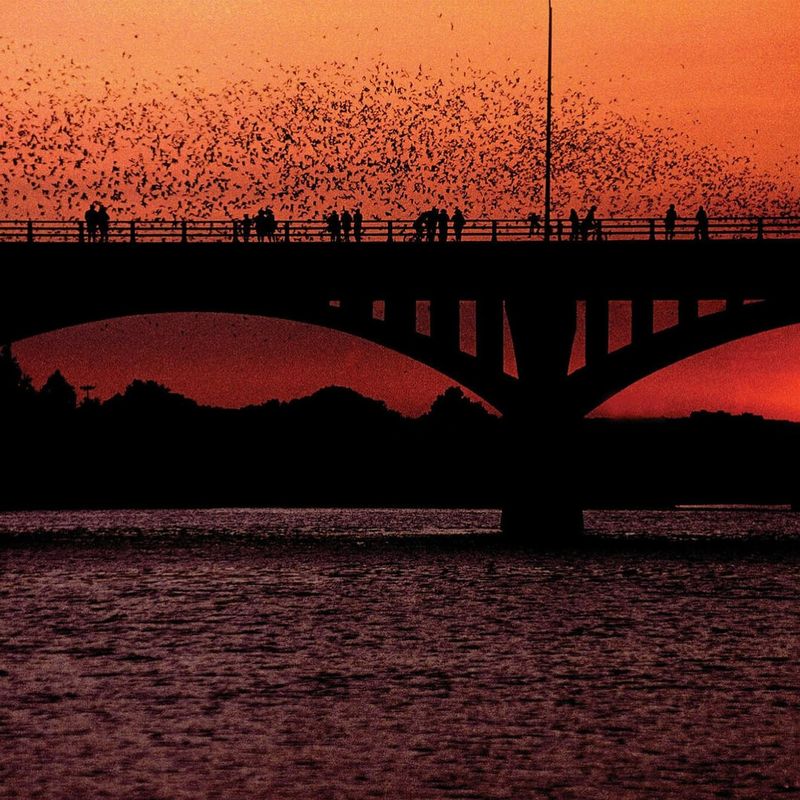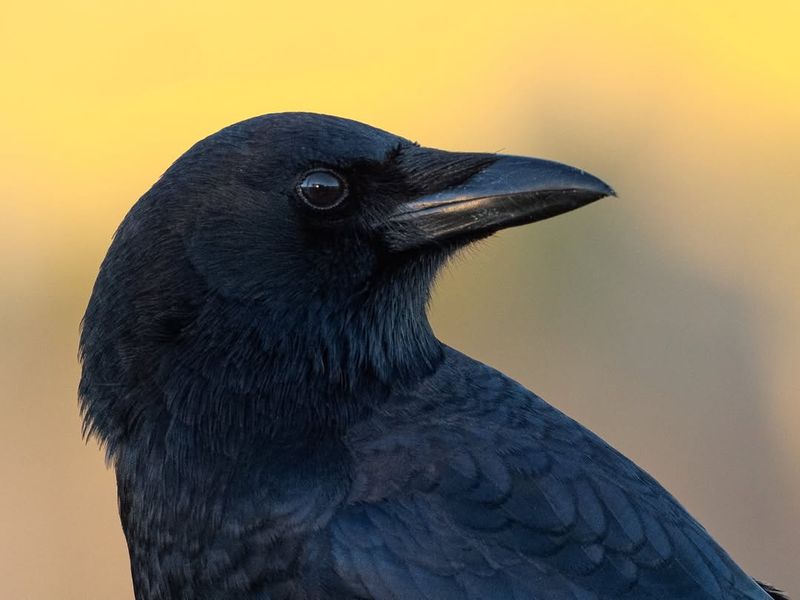It’s wild how often I now spot animals in places I never used to—raccoons in alleys, deer near shopping centers, even a fox once trotting down my street like he owned it. Cities, it seems, are no longer just for people.
Wildlife is learning to adapt, and honestly, it’s fascinating to watch. From clever squirrels to bold coyotes, many animals are thriving in our neighborhoods, parks, and even backyards. They’re not just passing through anymore—they’re figuring out how to live alongside us, and in many cases, they’re doing it impressively well.
You might be surprised at who’s already sharing your space. Let’s take a closer look at 12 creatures that have made the leap into urban life—and 6 that may be quietly living just beyond your back door.
1. Coyotes: The Urban Survivors
Spotting a coyote trotting down a city street no longer surprises wildlife experts. These adaptable canines have established populations in nearly every major U.S. metropolitan area, including Chicago, Los Angeles, and even New York City.
Coyotes primarily hunt rodents, helping control pest populations naturally. They’ve learned to navigate traffic patterns and typically avoid humans, though they might occasionally sample pet food left outdoors.
Urban coyotes are generally smaller than their rural cousins but just as resourceful. I was shocked to see one casually loping through a Boston park at dusk last summer, seemingly unfazed by nearby joggers.
2. Peregrine Falcons: Skyscraper Nesters
Skyscrapers have become the perfect substitute for cliff faces that peregrine falcons naturally prefer for nesting. These raptors have made remarkable comebacks in cities like New York, Chicago, and San Francisco, where tall buildings offer ideal hunting perches.
From these urban heights, peregrines can spot pigeons and other birds, then dive at speeds exceeding 200 mph to catch their prey. Many cities now install nesting boxes on tall buildings to support these magnificent birds.
Watching a peregrine hunt above busy streets demonstrates nature’s resilience. The falcon I observed swooping between Manhattan buildings seemed completely at home in the concrete canyon.
3. Raccoons: Masked Urban Bandits
Few animals have mastered city living quite like raccoons. Their dexterous paws can open garbage cans, doors, and even complex latches.
Toronto has such a large raccoon population that locals jokingly call it the “raccoon capital of the world.” Urban raccoons typically grow larger than their rural relatives thanks to abundant food sources. Their intelligence continues to evolve in response to human attempts to raccoon-proof trash containers.
My neighbor installed what he thought was a raccoon-proof garbage can, only to watch in amazement as a clever raccoon figured out the locking mechanism in less than two minutes. These masked bandits are nothing if not persistent!
4. Red-Tailed Hawks: Downtown Hunters
Red-tailed hawks have discovered that cities offer excellent hunting grounds with plenty of pigeons, squirrels, and rats. Central Park’s famous hawk, Pale Male, helped spotlight these magnificent birds’ urban success when he established a nest on a Fifth Avenue building in the 1990s.
Cities across America now host breeding pairs of red-tails, from Seattle to Miami. Their distinctive screech, often used as the generic “eagle sound” in movies, can be heard echoing between buildings in downtown areas.
Watching a red-tail perched on a traffic light near my office, scanning for prey while cars rushed below, reminded me how wildlife finds opportunity even in the most human-dominated landscapes.
5. Urban Foxes: Nighttime Neighbors
Red foxes have quietly established themselves in cities across America, though many residents never notice these primarily nocturnal neighbors. With their rusty coats and dog-like appearance, urban foxes have adapted to living in parks, cemeteries, and even residential neighborhoods.
Unlike their country cousins, city foxes have smaller territories and rely more heavily on human food sources, though they still hunt rodents effectively. They’ve learned to navigate traffic and often den under sheds or porches.
Glimpsing a fox trotting down my street at dawn last winter felt like a special secret – this wild canine sharing our neighborhood but mostly staying hidden from human eyes.
6. Wild Turkeys: Suburban Strutters
Wild turkeys have made remarkable comebacks in suburban and urban areas, sometimes causing traffic jams as they parade across streets. Boston, Oakland, and many New England towns now host flocks that seem surprisingly comfortable around humans and vehicles.
Males (toms) can weigh up to 25 pounds and often display their impressive tail feathers in park lawns and front yards. These birds can be aggressive during mating season, occasionally chasing pedestrians or pecking at car tires.
A flock regularly visits my mother’s garden, strutting across her lawn with surprising confidence for such large birds. Their prehistoric-looking faces and distinctive gobbling calls make them unmistakable urban wildlife.
7. Beavers: Urban Dam Builders
Beavers are making surprising comebacks in American cities, with colonies established in urban waterways from Chicago to Portland. These industrious rodents build dams and lodges just as they would in wilderness areas, sometimes causing flooding but also creating valuable wetland habitat.
Urban beavers help filter pollutants from water and create habitat for other species. Their dams can reduce erosion and improve water quality, though they occasionally clash with human infrastructure.
Walking along a creek near downtown Denver, I was amazed to discover a beaver lodge tucked against the bank. These natural engineers don’t seem bothered by nearby traffic noise or pedestrians.
8. Opossums: Backyard Tick Terminators
North America’s only marsupial has adapted beautifully to urban living. These nocturnal creatures with prehensile tails consume thousands of ticks annually, making them valuable allies in reducing Lyme disease risk in city parks and suburban yards.
Despite their rat-like appearance and tendency to play dead when threatened, opossums are remarkably clean animals that rarely carry rabies due to their low body temperature. They’re excellent groomers, consuming most ticks that attempt to feed on them.
Finding an opossum snoozing in my garden shed last summer initially startled me, but knowing how many ticks and pests it was eliminating from my yard quickly changed my perspective on this misunderstood marsupial.
9. Monk Parakeets: Colorful City Colonists
Bright green monk parakeets have established wild colonies in cities across America, from Chicago to Miami. Originally from South America, these escaped or released pets have adapted surprisingly well to urban environments, building massive communal nests on utility poles and cell towers.
Their large stick nests can house multiple families and sometimes cause power outages when built on transformers. Despite periodic removal efforts, these resilient birds quickly rebuild their distinctive apartment-style homes.
A noisy colony lives near my cousin’s Chicago apartment, adding tropical flair to the neighborhood. Their cheerful squawking provides an unexpected soundtrack that feels more Rio de Janeiro than Midwest metropolis.
10. Bobcats: Stealthy Urban Predators
Bobcats have quietly moved into the urban-wildland interface of many American cities, particularly in the West and Southwest. These medium-sized felines are masters of stealth, often living undetected in parks, golf courses, and undeveloped pockets within metropolitan areas.
Unlike mountain lions, bobcats rarely pose any threat to humans, preferring to hunt rabbits, rodents, and birds. Their spotted coats provide excellent camouflage, allowing them to remain hidden even in relatively busy areas.
Trail cameras in a park just three miles from downtown Tucson captured a bobcat family that had likely been there for generations, completely unknown to most park visitors. Their ability to live secretly alongside us is remarkable.
11. Great Blue Herons: City Pond Fishers
Standing nearly four feet tall, great blue herons have become common sights in urban parks and waterways across America. These majestic wading birds adapt readily to human presence, fishing in city ponds, canals, and waterfront areas.
Urban herons maintain their wild hunting techniques, standing motionless before striking with lightning speed to catch fish, frogs, and small rodents. Some city dwellers become so habituated to humans that they hunt within feet of fishing enthusiasts or picnickers.
Watching a great blue heron hunting in a small pond beside a busy Houston highway underscored nature’s persistence. Cars rushed by just yards away, but this prehistoric-looking bird remained focused solely on stalking its underwater prey.
12. Deer: From Forest To Front Yard
White-tailed deer have adapted remarkably well to suburban and urban environments, with populations booming in metropolitan areas from Pittsburgh to Portland. These adaptable ungulates browse on ornamental plantings, creating both delight and frustration for gardeners.
Urban deer typically live in smaller home ranges than their rural counterparts and often lose their fear of humans. They’ve learned to use human structures for protection and navigate street crossings with varying degrees of success.
Finding a doe and her fawn bedded down beneath my front window last spring was a magical moment – though my hostas and daylilies paid the price for their visit. Urban wildlife always involves tradeoffs.
13. Rabbits: Lawn-Loving Residents
Eastern cottontail rabbits thrive in urban and suburban environments, making themselves at home in parks, gardens, and even busy college campuses. These adaptable mammals find plenty of food in manicured lawns and garden beds while using shrubs and brush piles for cover.
Urban rabbits typically have smaller territories than their rural relatives and may produce more litters annually due to consistent food availability. Their presence supports urban predators like hawks and foxes.
Each spring, a mother rabbit creates a nest in the same corner of my yard, a shallow depression lined with grass and fur. The tiny leverets grow quickly on my clover and garden plants – an annual tradition I’ve come to appreciate despite the nibbled vegetables.
14. Skunks: Fragrant Night Visitors
Striped skunks have adapted beautifully to urban environments, where they forage for insects, grubs, and human food scraps. Most city dwellers only realize these nocturnal neighbors exist when catching their distinctive scent after a dog encounter or territorial spray.
Urban skunks often den under porches, decks, or sheds, emerging at night to patrol for food. They’re actually beneficial residents, consuming large quantities of garden pests like grubs and beetles that damage lawns and plants.
My first skunk encounter happened while taking out trash after dark – we startled each other equally. Thankfully, the polite skunk merely stamped its front feet in warning rather than deploying its famous defense mechanism.
15. Squirrels: Acrobatic Opportunists
Gray squirrels have become so common in American cities that we barely notice their acrobatic feats anymore. These adaptable rodents thrive in urban parks and neighborhoods, where they’ve learned to exploit human food sources and nesting opportunities.
Urban squirrels show remarkable problem-solving abilities, defeating even “squirrel-proof” bird feeders with persistence and ingenuity. They cache thousands of nuts and seeds annually, inadvertently planting trees when they forget retrieval locations.
The squirrel that regularly raids my bird feeder has developed an impressive repertoire of approaches. Last week, I watched it hang upside-down by its back feet to reach seeds – a performance worthy of an Olympic gymnast.
16. Woodpeckers: Suburban Drummers
Several woodpecker species have adapted to suburban environments, where mature trees and wooden structures provide both food sources and drumming opportunities. Their distinctive rat-a-tat-tat echoes through neighborhoods as they search for insects or establish territories.
Downy, hairy, and red-bellied woodpeckers regularly visit backyard feeders, especially those offering suet. Some species have developed a taste for pecking house siding, particularly when the color or resonance mimics a hollow tree.
A northern flicker chose my neighbor’s metal chimney cap as its favorite drumming spot last spring, creating an amplified wake-up call for the entire block at dawn. Urban wildlife doesn’t always keep the same hours as human residents!
17. Chipmunks: Cheek-Stuffing Gardeners
Eastern chipmunks bring woodland charm to suburban gardens with their distinctive cheek pouches and energetic foraging. These small striped rodents create elaborate burrow systems beneath lawns, stone walls, and garden beds, sometimes to homeowners’ dismay.
Suburban chipmunks gather seeds, nuts, and berries, stuffing their expandable cheeks with surprising quantities before racing back to their underground storerooms. A single chipmunk can collect thousands of seeds annually.
The chipmunk living under my porch has become remarkably bold, sitting upright just feet away while I garden. Its constant shuttling of sunflower seeds from my bird feeder to its burrow demonstrates impressive work ethic – even if it’s emptying my feeder faster than intended.
18. Bats: Nighttime Mosquito Patrol
Several bat species have adapted to urban environments, roosting in buildings and hunting insects around streetlights. Little brown bats, big brown bats, and Mexican free-tailed bats commonly establish colonies in attics, barns, and bridge structures throughout American cities.
A single bat can consume thousands of mosquitoes nightly, providing natural pest control. Urban bat populations face challenges from habitat loss and diseases like white-nose syndrome, but many cities now install bat houses to support these beneficial mammals.
Watching bats emerge at dusk from under the Congress Avenue Bridge in Austin reminds me how wild nature persists within our busiest urban centers. Their aerial acrobatics catching insects above Lady Bird Lake create a nightly wildlife spectacle downtown.
19. Crows: The Feathered Intellectuals
American crows have not only adapted to urban environments but seem to prefer them, forming massive winter roosts in cities nationwide. These highly intelligent birds recognize individual human faces, use tools, and pass knowledge through generations – true feathered intellectuals.
Urban crows work cooperatively to find food, warn each other of dangers, and even hold what appear to be “funerals” for dead flock members. Their problem-solving abilities rival those of primates in many cognitive tests.
A family of crows near my apartment recognizes me as a source of occasional peanuts. When I forget their treats, they follow me down the block, calling loudly to remind me of my oversight. Their persistence usually earns them a handful of nuts.

